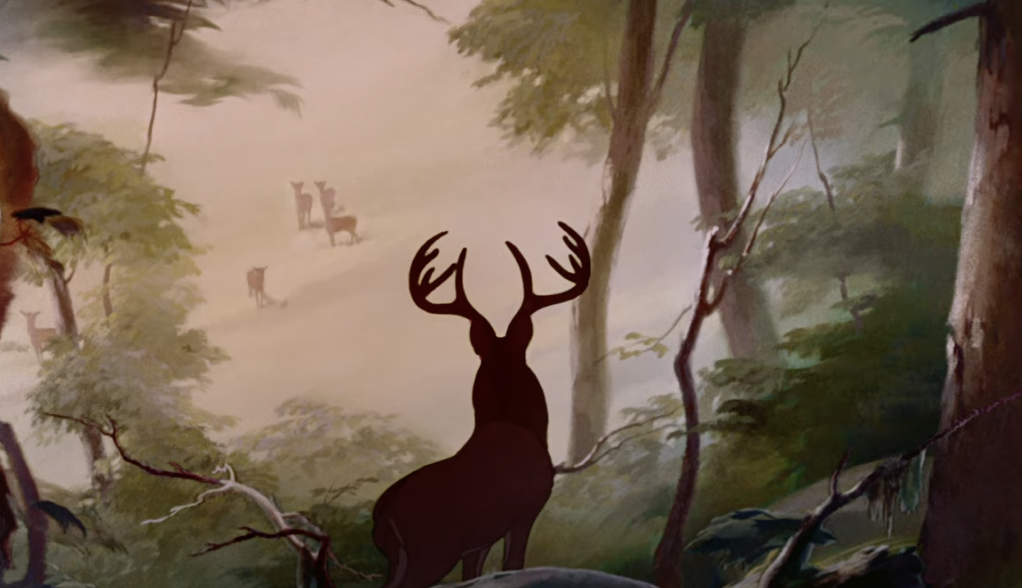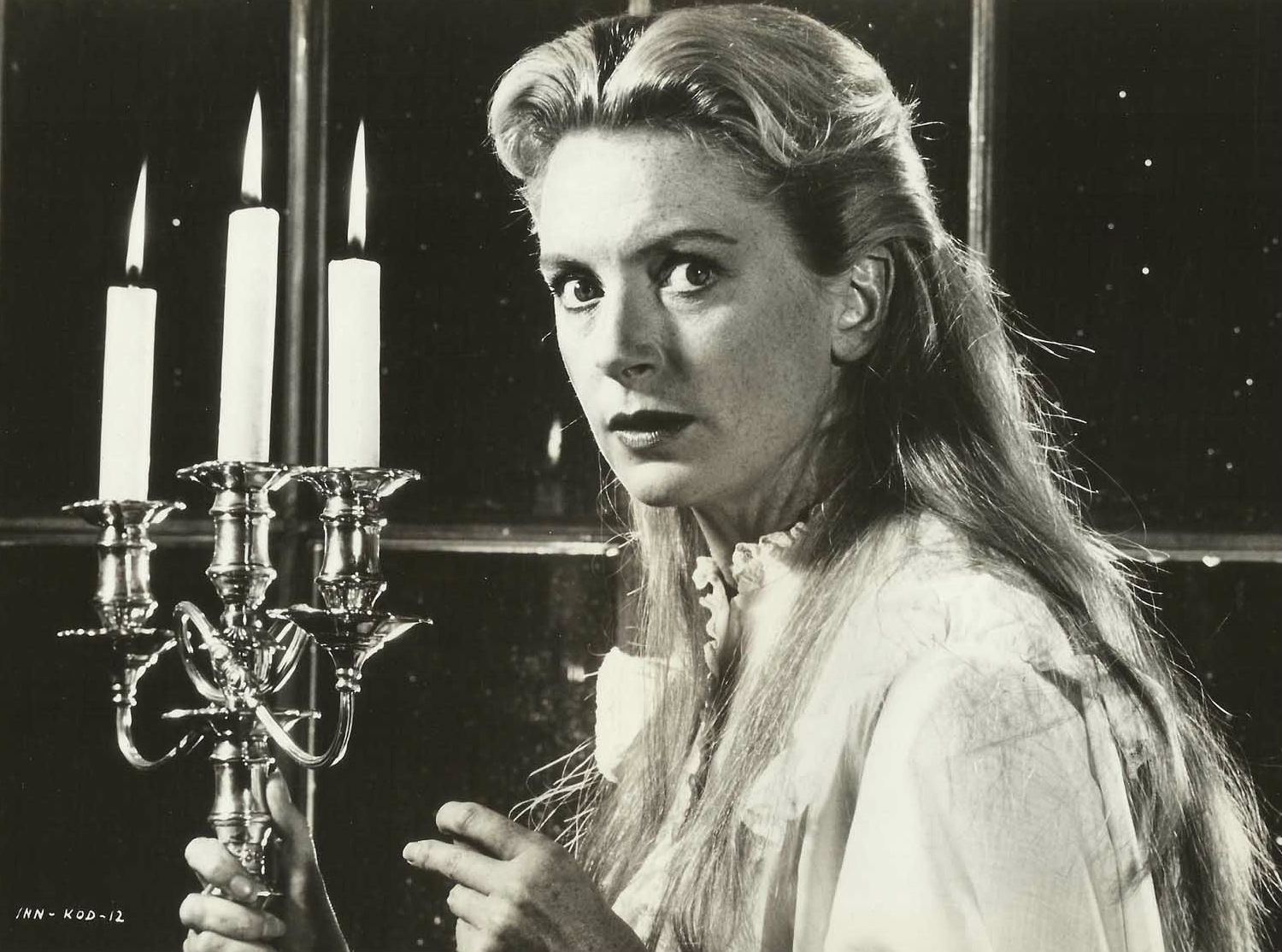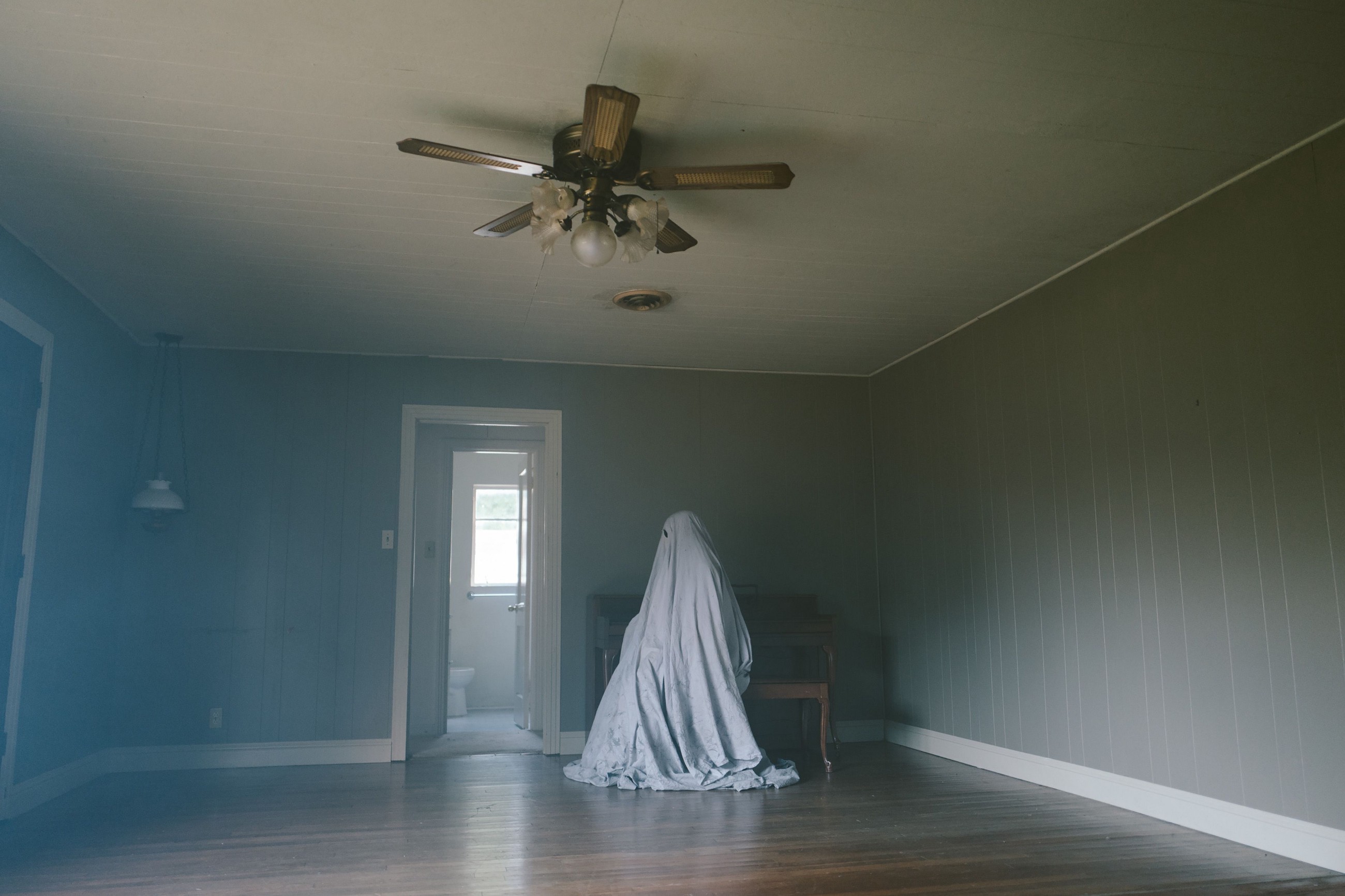Books & Culture
You’ll Fete Me When I’m Gone
A Few Notes on Posterity and Art, by Drew Nellins Smith

I suppose it’s because my first novel was recently published that I’m feeling so unusually sensitive to the question of posterity. But the truth is it’s always been a hang-up of mine. Knowing how unlikely it is that my work will find its way into contemporary culture’s favor, I’ve clung to the fantasy that some future generation might discover it long after I’m gone and appreciate my writing as few of my living peers ever will. If I ignore the more likely scenario — in which the Earth is an enormous roiling hot tub devoid of human life — I can draw comfort envisioning my future as an adored, if deceased, writer of tremendous importance.
Pulp crime writer Jim Thompson once had an equally optimistic scenario in mind. “Just you wait,” he told his wife from his deathbed. “I’ll become famous after I’m dead about ten years.” It’s true that Thompson wrote some inarguably excellent books, among them The Grifters, The Killer Inside Me, and Population 1280. And it’s also true that he managed to achieve — as most writers never will — decades of financial solvency on the strength of his creative output. Still, considering that all of his books were out of print in the U.S, that he was never a great critical darling, and that he was working in a genre that wasn’t taken seriously, it seems curious he would adopt such a sanguine stance on the life of his books.
His prediction, like my daydream of future fame, wasn’t completely without merit. Anyone who’s paying attention knows that artistic work dismissed or even ridiculed in one era might at any moment enjoy an unexpected recovery, especially works once considered lowbrow by the elite.
Indeed Thompson turned out to be right. Starting in the late 1980s, roughly a decade after his passing, his work did become the subject of a renaissance. Thanks largely to the publishing house Black Lizard, his books were brought back into print. Then, in the mid-1990s, Robert Polito wrote an award winning biography of Thompson securing for him a place in the pantheon of great crime writers.
It happens in other art forms too. Douglas Sirk, the director of films like Magnificent Obsession (1954), All That Heaven Allows (1955), and Imitation of Life (1959), was long dismissed as a purveyor of glossy weepies and “women’s pictures.” Now he’s praised for his clever subversiveness and the stylish beauty of his direction. Given their obvious worth in the eyes of modern viewers, it’s easy to forget that his films were once thought of as something like Lifetime made-for-TV movies. It wasn’t until the 1971 release of Sirk on Sirk, a collection of interviews with the director, that he — and the genre of melodrama itself — received due reconsideration more than a decade after the films that defined his career. Just five years earlier, the book Hitchcock/Truffaut had done the same thing for the suspense thriller and for Alfred Hitchcock’s career.
Horror writer H.P. Lovecraft died broke and in almost complete obscurity nearly 80 years ago, yet today he routinely pops up in news stories of one type or another, whether it’s to announce a new annotated collection, the release of a novel centered on his life and work, or yet another video game based on his mythos. Though Edmund Wilson once wrote of Lovecraft’s work in the New Yorker that “the only real horror in most of these fictions is the horror of bad taste and bad art,” his stories now exist in an ever-deepening cycle of increased appreciation, analysis, and attention.
In thinking about this phenomenon — this second, more powerful wave of a creator’s work — I keep returning to that famous saw “Comedy is tragedy plus time,” a concept forever exemplified for me by those enormous inflatable slides made to look like the upended Titanic. On at least one website, its sales copy reads, “Go completely overboard.” If one hundred years can transform a genuine maritime tragedy into an occasion for both wordplay and slip sliding fun (“Feel the thrill and rush as you slide down and escape the sinking Titanic.”), then it must be true that even less time is required to turn the milder disasters of so-called “low art” into art that is now considered great or even essential.
Of course, artistic rediscoveries are hardly limited to people operating outside of popularly accepted modes. Plenty of non-genre writers don’t get their due during their lifetimes either. Zora Neale Hurston’s work didn’t find its audience until a decade-and-a-half after her death. Kate Chopin’s took a decade. John William’s novel Stoner sold badly and went out of print a year after it was first published in 1965, but since being reissued in 2003, it has enjoyed such an insane volume of support and praise that I once wrote an essay about how tired I am of hearing about it. Finally, here’s a fact so grandiose in its grotesque injustice that it is practically tattooed on my brain: Moby-Dick destroyed Herman Melville’s career.
What can we possibly glean from such outrageous case studies, except that our present selves cannot be trusted?
What can we possibly glean from such outrageous case studies, except that our present selves cannot be trusted? What great art we must be missing today! I mean, it’s easy to say in an offhand way that, yes, Van Gogh sold only one painting in his life before dying in what most believe was a suicide, but it’s quite another thing to grapple with the reality of that. It’s staggering, really.
Yet “making it” in one’s lifetime certainly doesn’t afford the artist any guarantees either. In a YouTube video of an on-stage panel discussion titled “American Writers: The Fragility of Fame,” poet, novelist, and academic Jay Parini recalls a time in the mid-1970s when, as he was researching a piece on the now-famous Modernist poet Wallace Stevens, he came upon the following (presumably paraphrased) quote: “He looks like an interesting, promising poet, this Wallace Stevens, but let’s face it, he’s no Trumbull Stickney.”
Parini recalls asking an older professor — the now-unknown, one time Pulitzer winner and National Book Award winner, Richard Eberhardt — “Who is Trumbull Stickney?” To which Eberhardt replied, “When I was a student at Dartmouth in the early 20s, we all wanted to be the new Trumbull Stickney.”
Taking the point further, Parini describes surveying a class of twenty-one senior English majors at Middlebury College asking, “How many of you have read the work of Norman Mailer?”
The response? “Not one person could identify Norman Mailer. Not a single one…Nobody had heard of Norman Mailer. So let’s just say the Great Eraser has been busy.”
How could this be? Norman Mailer was once a giant. He appeared on talk shows, had public feuds, made movies, and got into fistfights. The man co-founded The Village Voice, which, of course, those students have probably never heard of either. But, for crying out loud, Mailer won the National Book Award and two Pulitzer Prizes, one of them — for The Executioner’s Song — as recently as 1980. And yet, it appears he is very close to being forgotten, gobbled up by history until such time as he is rediscovered. Or not.
In individuals, evolving reactions to (and recollections of) works of art are commonplace. Take, for instance, discussions about how a movie seemed better or worse upon a re-watch, a book better or worse upon a reread. I’ve often heard myself say that a book or movie didn’t “hold up,” as if the work itself had lost its integrity or power, or as if on my initial encounter I had been tricked somehow, caught up in an illusion I could see through on a more careful or clear-eyed examination, the way a magician’s tricks can fold under scrutiny.
The Catcher in the Rye is the quintessential text famous for eliciting different reactions from readers as they age. Readers at the height of teenage angst and narcissism find Holden Caulfield perfectly relatable. “You tell em, Holden,” I thought as a sixteen-year-old. But years pass and opinions shift, sometimes with every encounter. Depending on a reader’s point of view, Caulfield can alternately seem like a whiney shit, a desperate character crying out for help, a jerky antagonist, a truth-telling hero, or a pitiful soul too sensitive to survive in the world. And, because reactions to books are often mixed together with the perceived relatability of their characters, readers can cycle between regarding The Catcher in the Rye as a good book or a bad one many times over a lifetime — perhaps as often as they’re willing to reread it.
A main character who uses racist slurs or holds sexist views might seem fine, or at least typical, in one era but like a bastard in another. The freewheeling sexuality taken for granted in a book from the late ‘60s or early ‘70s might seem alien or even disgusting in a more puritanical period. Or perhaps a work of art is disliked for being the first of its kind, a break with current storytelling styles, later retroactively lumped in with other more successful works it helped usher in and inspire.
It’s impossible to account for all the reasons a single person’s perspective on a piece of art might change, why a movie might make you cry on one viewing, then seem silly on another, so of course it’s hopeless attempting to grasp all the possible reasons the culture at large, or even just the culture of criticism might change its valuation.
Consider the 1999 Sam Mendes film American Beauty. At the time of its release it met with near-unqualified praise. Practically everyone at the time considered it a big, important film, and it won five Academy Awards that year: Best Picture, Best Director, Best Actor, Best Original Screenplay, and Best Cinematography. An unaccountable backlash soon followed, and by 2005, American Beauty topped Premier magazine’s list of the “20 Most Overrated Movies of All Time.” Even Mendes himself has since described the film as, “a little overpraised at the time.” In 2014, Entertainment Weekly ran a lengthy reappraisal of the film titled “Examining ‘American Beauty’ at 15: A Masterpiece, or a Farce?”
One can’t help wondering, if reviews and appraisals of art shift so radically with the passage of time — even a relatively short time — then what exactly is their value? As someone who feels obligated to at least head-fake a defense of my own occasional (and possibly indefensible) book reviews, I can only rationalize that the highest purpose of any review I write might lie in its future use as a yardstick measuring how far we’ve travelled from such retrograde or plainly incorrect viewpoints. Maybe, in some undefined future, someone will look back on one of my reviews (some of which seem completely wrong to me even just a few years later) and say, “This is what people said of that book then. Look how terribly incorrect they were.” Or, stretching to another point in a work’s life, “Look how correct they were.”
The truth I’ve settled on is simply that there is no truth about what constitutes good art or bad art, particularly beyond a certain I-know-it-when-I-see-it level of writerly or artistic competence. Increasingly, it seems to me that the truest answer to any question about a work’s quality is, “it’s complicated.”
It seems to me that the truest answer to any question about a work’s quality is, “it’s complicated.”
Better we should surrender to our own idiosyncratic preferences, embracing that rather than “good” or “bad,” works of art might be more fittingly characterized as “for me” or “not for me.” Or — because, who knows, I might still change my mind about Infinite Jest — “for me right now” or “not for me right now.” There’s a freedom within the contradiction that art can be both good and bad, that a book can have a 50% approval rating in the wild and still be 100% perfect to an individual reader.
But, forgetting the audience for a moment, what can all this possibly mean for us creators of art? Well, perhaps it’s good news. If there truly is no bad art, or if all art has its day in the long run, the outlook for artists is optimistic. It means that the real job of the writer, photographer, painter, or filmmaker is simply to create work that arises from one’s singular perspective, then to launch that work into the flow of culture. After that, one can only stand along the banks and see what’s accepted and what’s spit back, never knowing if the initial verdict will stand or shift. Freeing one’s self from present day appraisals means that there is no failure, only the potential for delayed gratification — understanding that the delay will likely extend to some time after your death.
F. Scott Fitzgerald famously died believing himself a failure, that The Great Gatsby hadn’t and wouldn’t find an appreciating audience or receive any real acclaim. The New York Times said of him in his 1940 obituary, “The promise of his brilliant career was never fulfilled.” There’s such sadness in that kind of departure, particularly looking back with these futuristic goggles of ours, able to see (for now anyway) the genius of his work. But when we embrace the secret — that the only real failure in art is to fail to produce it — we’re all better positioned to die like Jim Thompson with that boastful deathbed claim, “Someday they’re going to love me.”









